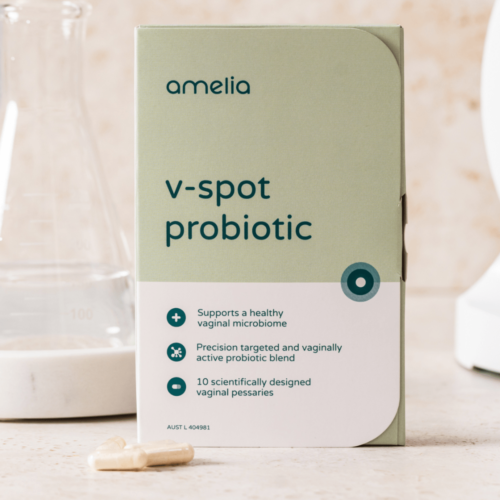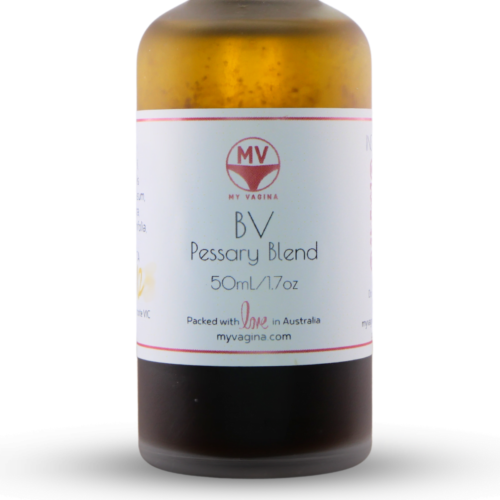
The human papillomavirus (HPV) vaccine comes in four forms and helps protect both men and women against HPV infection, and the subsequent development of genital warts and cervical and other cancers.
- Gardasil HPV2: Protection from only cervical cancer – the bivalent vaccine (HPV2) only protects against types 16 and 18, the cause of most cervical cancers. This vaccine is not used in males (due to the absence of the cervix), and can be used in females.
- Gardasil HPV4: Protection from genital warts and cervical cancer – the quadrivalent vaccine (HPV4) protects against HPV types 6 and 11, the cause of over 90 per cent of visible genital warts, and types 16 and 18, the cause of most cervical cancers. This is the only vaccine used in males, but can be used in females.
- Gardasil HPV9: This vaccine is set to replace HPV2 and HPV4, and adds protection against HPV types 31, 33, 45, 52 and 58, as well as 6, 11, 16 and 18.
- Cervarix: This vaccine is for protection against HPV types 16 and 18, and has different ingredients and response rates than Gardasil. Gardasil is generally more effective for a few reasons.
How does the vaccine work?
The vaccine was developed using a protein from HPV. These proteins are noninfectious virus-like particles that stimulate the body’s immune system to develop antibodies, so when it encounters the virus from an infected sexual partner, it recognises it immediately and most of the time prevents infection by triggering an immune response to attack the incoming virus.
Age of vaccination
The vaccine is typically offered to girls from age 11 to 26, and in some countries, boys aged 11 to 15 or 26. The age, type and brand of vaccine offered, and to whom it is offered varies usually by location.
Who should definitely not get the HPV vaccine
- Anyone who has reacted badly to vaccines in the past, including with anaphylaxis
- Pregnant women
- Anyone who is unwell with a severe, acute illness with or without fever – postpone vaccination until the illness resolves
Dose
0.5ml given in a series of three doses, with the second and third dose at two months and six months after initial dose respectively.
The biotechnology of HPV vaccines
The special protein (HPV major capsid protein, L1) self-assembles into what’s known as a virus-like particle (VLP), which resembles the HPV virus particles. There is no viral DNA included, which means these particles don’t cause cancer, but they do trigger the antibody response, preventing infection in future. These proteins are produced in fermentations in yeast.
Adverse effects
Gardasil is broadly regarded to be safe. That does not leave it without controversy, however, and every parent or woman considering this vaccine should be aware of the risks and benefits. There has been some argument that the risks of the vaccine do not stack up with the safety and efficacy of frequent pap smear testing for abnormal cells and the ease of removing such cells from the cervix of affected women, since the incidence of cervical cancer is actually quite low. Meaning, the whole bother might not even really be worth it.
Short-term side-effects
Typical side-effects include pain at the site of the injection (more so than other vaccines thought to be due to the proteins), with localised redness, swelling, and tenderness.
Safety concerns – should I give this to my kid?
All vaccines come with some risk because we don’t know exactly how the vaccine will react in each person’s body. There are pros and cons to vaccination, which each parent, caregiver, or person will need to evaulate for themselves.
Pros of vaccination:
- Avoid the high-risk cervical cancer strains of HPV
- Over time, with lots of people being vaccinated, HPV may become a thing of the past = no more cervical cancer!
Cons of vaccination
- Some of you will have very low risk of contracting HPV in the first place – those who are abstinent, for example
- If you have already been exposed to HPV, the vaccine isn’t effective
- Possible adverse reactions in some people
- Cost may be a factor in some countries, though most offer this as a safeguard against further medical expenses caused by cancer or precancerous states later
- HPV is self-limiting and your immune system gets rid of it – eventually – on its own
- Not everyone who has HPV gets changes to cervical cells
Regular pap smear programs are very effective at detecting the cervical cell changes that exist long before cervical cancer. Any abnormal cells detected using a regular pap smear can be effectively removed using a very small surgical procedure that resolves the cell issue (preventing the development of cancer), with your immune system eventually removing the virus by itself. This is obviously less easy than a jab!
HPV is self-limiting in the body, which means your immune system eventually gets rid of it. It’s not a life-long viral infection, but it does typically last for years. One area that needs further study are the other cancers that HPV can cause, vulvar, uterine, ovarian, anal and rectal cancer. Men who have sex with men have high rates of anal and rectal cancers caused by HPV.
HPV is very easy to catch even without sexual intercourse – skin-on-skin contact is all you need.
Biotechnology is moving very fast, and introducing new proteins into the body comes with a risk.
Many areas no longer offer this vaccination as a choice, but have enforced vaccinations like the HPV vaccination on families, by disallowing unvaccinated kids in schools and pre-schools, and cutting support payments.
HPV does not spread in schools, but this ensures the new generation of sexually active adults (or just girls, in some areas) are protected from HPV-induced cervical cancer later in life. Check the HPV vaccine that is administered in your area to see if it is HPV9, and also protects from genital warts and the remaining cancers caused by HPV.
Ingredients in Gardasil
Note: there is no mercury, thimerosal, live viruses or dead viruses present in HPV vaccines.
- Major capsid protein L1 of HPV types 6, 11, 16, and 18
- Amorphous aluminum hydroxyphosphate sulfate (adjuvant)
- Yeast protein (from Saccharomyces cerevisiae)
- sodium chloride
- L-histidine
- Polysorbate 80
- Sodium borate
Specially formulated probiotic for vaginal application to promote a healthy vaginal microbiome.
Unique, comprehensive BV, AV and 'mystery bad vag' treatment guide, one-of-a-kind system, with effective, innovative treatments.





